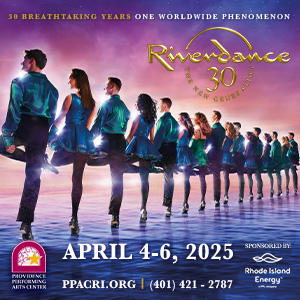Francis Beaumont is exactly the sort of obscure playwright of Elizabethan England whom Head Trick Theatre seeks to revive. Who knew the 1600s were such a rich supply of drama that isn’t by Shakespeare? Artistic director Rebecca Maxfield, apparently, who has been mining Elizabethan and Restoration Britain with considerable success. They’ve had notable such productions: last year outdoors in the park of The Revenger’s Tragedy generally attributed to Thomas Middleton and this past spring indoors of She Would If She Could by George Etherege.
Beaumont’s The Knight of the Burning Pestle is a remarkable work that deserves to be better known. It was a critical and financial flop in its original release, and it is easy to see why: It anticipates a kind of British humor that would not reach popular acceptance until the 20th century with The Goon Show and Monty Python, with repeated use of meta-theatrical elements and breaking of the fourth wall where the characters directly address the audience. One almost expects the show to end with a giant, cartoon, bare foot sent from on high by Terry Gilliam. At one point, the actors actually use what Maxfield told me she bought from Amazon.com under the description “Monty Python prop.”

(Photo: James Lastowski)
The play is a wild parody of the sort of utterly serious drama that had been fashionably popular since the 1590s with stock elements such as apprenticeships gone wrong (The Four Prentices of London by Thomas Heywood) and the newly emerging middle class of wealthy tradesmen having to be integrated into the upper class aristocracy (The Shoemaker’s Holiday by Thomas Dekker). Because of its similar reliance upon meta-fictional techniques such as satirical self-reference, some sources incorrectly credit Don Quixote by Miguel de Cervantes as an influence, but that is wrong: the novel was published in two volumes that appeared after Beaumont’s play was first performed, and was not available in English translation until almost a decade later.
A grocer “George” (David Adams Murphy) and his wife “Nell” (Robbi Scruggs) attend a play with his apprentice “Rafe” (Stevie Smith), supposedly a performance of The London Merchant, which only exists as a play within Knight. (There is a completely unrelated actual and quite famous play The London Merchant, but it was not written until over a century later.) They interrupt and demand that the head of the players (Shawn Fennell) accommodate their demands for changes to the play, inserting – no matter how incongruously – their apprentice as a heroic knight-errant, who adopts the persona as if a comic book superhero. The erstwhile knight chooses as his heraldic charge a “burning pestle,” intended as a subtle joke to the audience suggesting a phallic symbol whose “burning” is open to interpretation, but likely would have been taken as a reference to venereal disease of the “it hurts when I pee” sort. The knight thus embarks upon a series of misguided quests carrying shields that effectively advertise “I am a giant prick.”
There is a plot, but trying to explain it risks degenerating into dissecting why your hovercraft is full of eels. In The London Merchant, “Jasper” (Christine Pavao) is apprentice to the titular merchant “Venturewell” (Ken McPherson). Jasper and the merchant’s daughter “Luce” (Corinne Southern) have fallen in love and plan to elope, but she has been promised by her father to “Humphrey” (Fennell). Jasper’s parents are at odds with each other, his mother “Mistress Merrythought” (Emily Tardash) favoring his brother “Michael” (Kerri Lamothe) but his father “Old Merrythought” (Paul N. Oliver) a drunken ne’er do well who decries the fruitlessness of ever worrying about anything. At various times, the knight interacts with the other characters, who are both enlisted in his delusions and subjected to them.
Fennell is outstanding as the eye-rolling and exasperated head of the players, trying to placate the interloping grocer. Smith is utterly convincing at the dim-witted knight afflicted by his burning pestle. Pavao and Southern both bring a lot of presence to their absurd roles. Oliver is a rather plausible old drunk.
Music is provided by Christine Warren and Cynthia Ruggieri on violin, Joshua Gannon-Solomon on mandolin, and Stephen Hug on guitar. Fight choreography by Rudy Sanda is impressive, especially where Pavao rides another character like a mount.
Knight of the Burning Pestle is yet another well-performed pearl of Elizabethan drama plucked from obscurity by Head Trick Theatre that appeals even more to modern audiences than to its own contemporary ones.
The Knight of the Burning Pestle by Francis Beaumont, directed by Rebecca Maxfield, performed by Head Trick Theatre outdoors at Blackstone Field, 2 River Rd, PVD. Web: headtricktheatre.org/the-knight-of-the-burning-pestle/ Facebook: facebook.com/events/1565071466848656/

